Cost-Benefit Analysis of Smart Lighting Solutions for Commercial Buildings
As businesses strive for sustainability and operational efficiency, smart lighting solutions have emerged as a key innovation in commercial building management. These systems leverage IoT (Internet of Things), automation, and energy-efficient technologies to optimize lighting usage. However, implementing smart lighting requires a significant upfront investment, making a cost-benefit analysis essential for decision-makers.
This blog examines the financial and operational advantages of smart lighting, weighs the costs, and provides insights to help businesses determine whether the transition is worthwhile.
1. What Are Smart Lighting Solutions?
Smart lighting systems go beyond traditional lighting by incorporating:
-
LED Technology: Energy-efficient bulbs with longer lifespans.
-
Motion & Occupancy Sensors: Automatically adjust lighting based on presence.
-
Daylight Harvesting: Dim or turn off lights when natural light is sufficient.
-
Remote Control & Automation: Adjust settings via smartphones or building management systems.
-
Data Analytics: Monitor energy usage and identify optimization opportunities.
These features contribute to energy savings, improved comfort, and reduced maintenance costs.
2. Cost Analysis of Smart Lighting Systems
A. Upfront Costs
| Component | Estimated Cost (Per Unit or Installation) |
|---|---|
| LED Bulbs | 50 per bulb |
| Smart Sensors (Motion/Light) | 100 per sensor |
| Smart Lighting Controls | 500 per fixture |
| Installation & Labor | 10,000 (varies by building size) |
| Integration with BMS* | 20,000 |
*BMS = Building Management System
Total Initial Investment: For a mid-sized office (10,000 sq. ft.), costs can range from 50,000, depending on system complexity.
B. Ongoing Costs
-
Maintenance: Smart LEDs last longer (50,000+ hours vs. 10,000 for traditional bulbs), reducing replacement frequency.
-
Software Subscriptions: Some systems require cloud-based management fees (2,000/year).
-
Energy Consumption: Lower than traditional lighting but still present.
3. Benefits of Smart Lighting in Commercial Buildings
A. Energy Savings & Cost Reduction
-
LED Efficiency: Consumes 50–75% less energy than incandescent or fluorescent lighting.
-
Automated Controls: Reduce wasted energy by 20–60% through motion sensors and scheduling.
-
Utility Rebates: Many governments offer incentives for energy-efficient upgrades, offsetting initial costs.
Example: A 50,000 sq. ft. office building switching to smart LEDs can save 30,000 annually on electricity.
B. Improved Employee Productivity & Well-being
-
Tunable Lighting: Adjusts color temperature to mimic natural light, reducing eye strain.
-
Occupancy-Based Lighting: Ensures workspaces are well-lit only when needed, enhancing comfort.
-
Circadian Rhythm Support: Some systems align lighting with human sleep-wake cycles, boosting alertness.
Studies suggest optimized lighting can improve productivity by 5–15%.
C. Enhanced Security & Safety
-
Motion-Activated Lighting: Deters intruders in unoccupied areas.
-
Emergency Lighting Integration: Automatically activates during power outages.
-
Remote Monitoring: Facility managers can detect malfunctions instantly.
D. Sustainability & Corporate Responsibility
-
Lower Carbon Footprint: Reduced energy consumption decreases greenhouse gas emissions.
-
LEED Certification Points: Smart lighting contributes to green building certifications.
4. Challenges & Potential Drawbacks
Despite the advantages, businesses should consider:
A. High Initial Investment
-
Smaller businesses may struggle with upfront costs.
-
ROI may take 2–5 years, depending on usage and energy rates.
B. Compatibility Issues
-
Older buildings may require electrical upgrades.
-
Integration with existing BMS can be complex.
C. Cybersecurity Risks
-
IoT-enabled systems are vulnerable to hacking if not properly secured.
-
Requires regular firmware updates and network protection.
5. Calculating Return on Investment (ROI)
A simple ROI formula for smart lighting:
Example Calculation:
-
Initial Cost: $30,000
-
Annual Energy Savings: $12,000
-
Maintenance Savings: $3,000
-
Total Annual Savings: $15,000
-
ROI Period: ~2 years
After the payback period, businesses enjoy pure savings for the lifespan of the system (typically 10+ years).
6. Case Study: Smart Lighting in a Corporate Office
Company: Mid-sized tech firm in California
Building Size: 30,000 sq. ft.
Previous Lighting: Fluorescent tubes
Upgrade Cost: $45,000 (including installation & controls)
Results After 1 Year:
-
Energy Savings: 60% reduction ($18,000 saved)
-
Maintenance Savings: 70% fewer bulb replacements ($5,000 saved)
-
Productivity Boost: Estimated 8% improvement in employee output
-
ROI Achieved: 2.5 years
7. Future Trends in Smart Lighting
-
AI-Powered Optimization: Machine learning will further reduce energy waste.
-
Li-Fi (Light Fidelity): Using light for wireless data transmission.
-
Solar-Integrated Smart Lights: Off-grid solutions for sustainability.
Conclusion: Is Smart Lighting Worth It?
For most commercial buildings, yes—if the business can afford the initial investment. The long-term energy savings, productivity gains, and sustainability benefits outweigh the costs.
Key Recommendations:
✔ Conduct an energy audit to estimate potential savings.
✔ Explore government incentives to reduce upfront costs.
✔ Start with a pilot area before full-scale deployment.
✔ Choose scalable systems for future upgrades.
Smart lighting is not just a trend—it’s a smart financial decision for forward-thinking businesses.
No comments




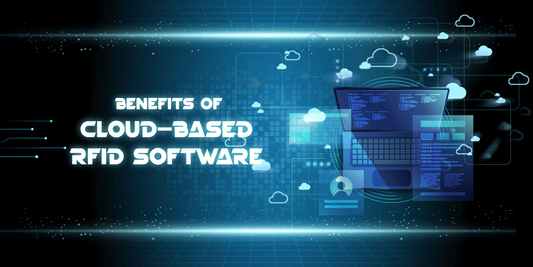
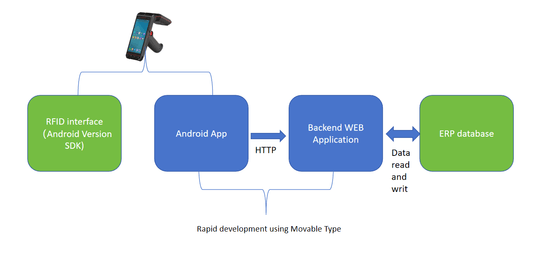
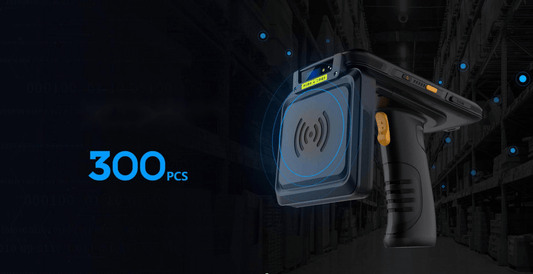
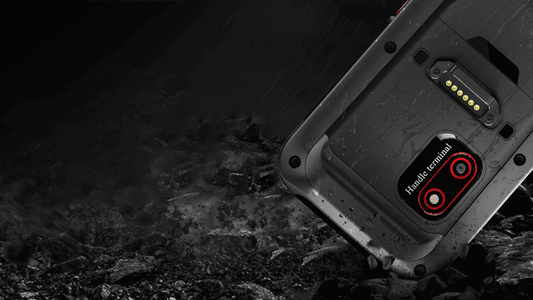


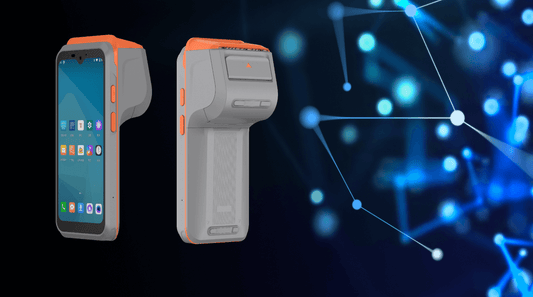
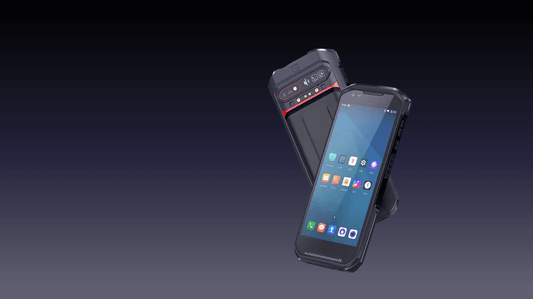
0 comments